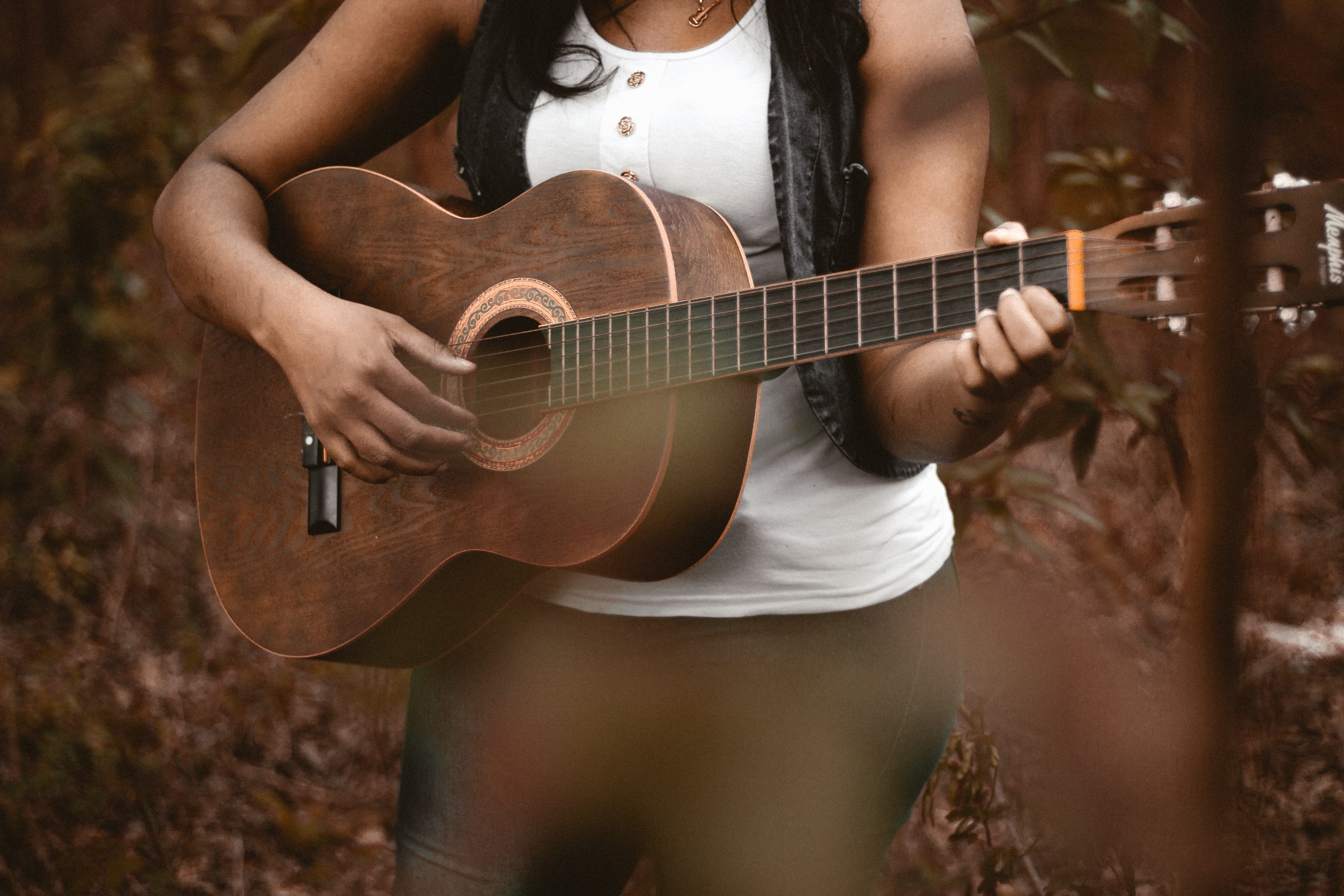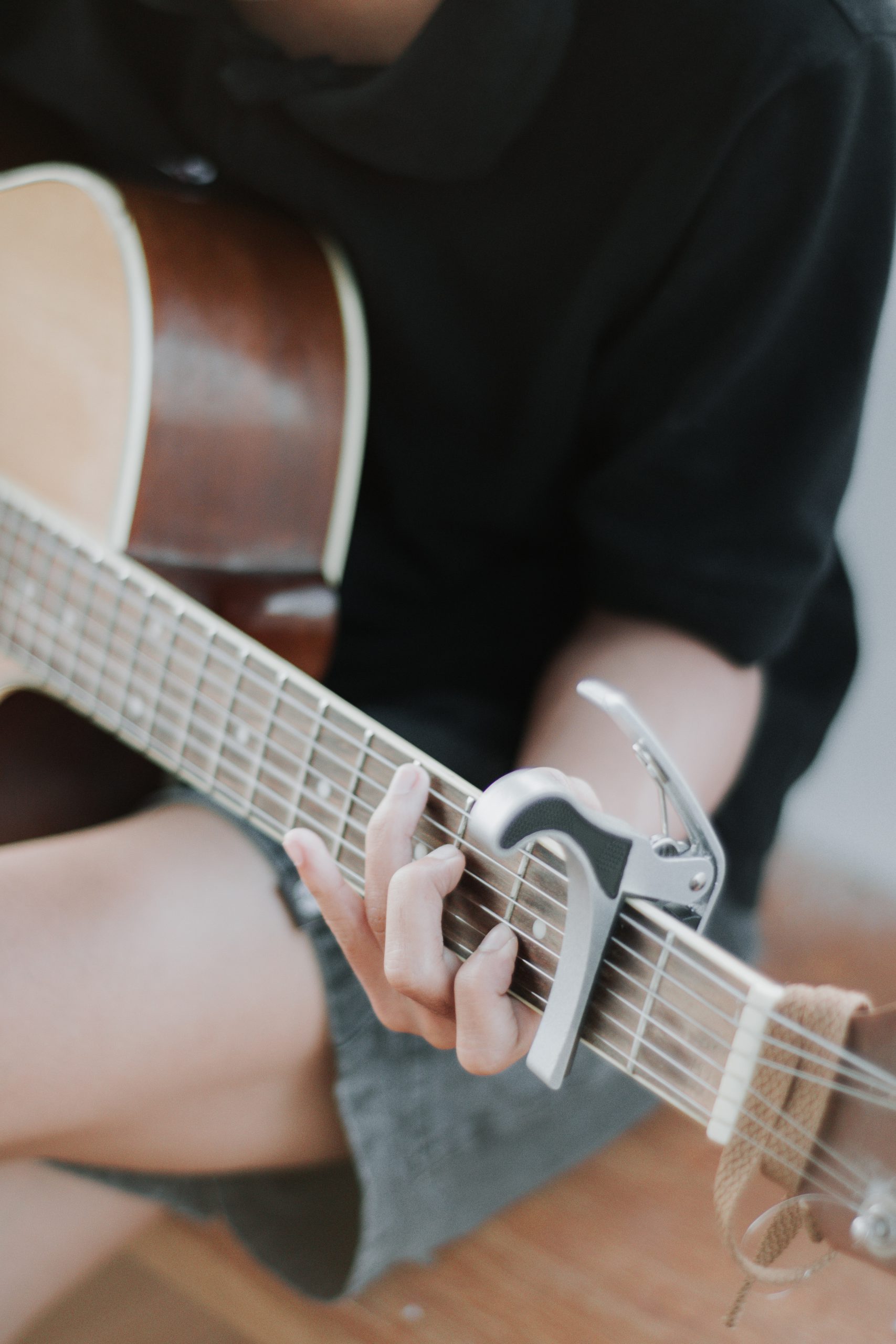10 Guitar Terms to Help You Get Your Strum On
If you’re first stepping into the vast world of the electric guitar, you’ll have a steep learning curve ahead of you, and not just notes and chords. There are terms you’ll learn from your Hal Leonard method books, and there are words you won’t find there but still need to know. Keep reading for the top terms you need to know to boost your playing skills and check out Amphy for everything you need to know for how to get started learning all about guitars.
Top Music Courses
Meet Amphy
The largest marketplace for live
classes, connecting and enriching
humanity through knowledge.




